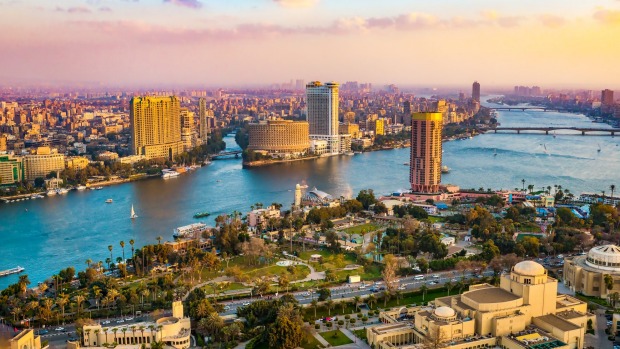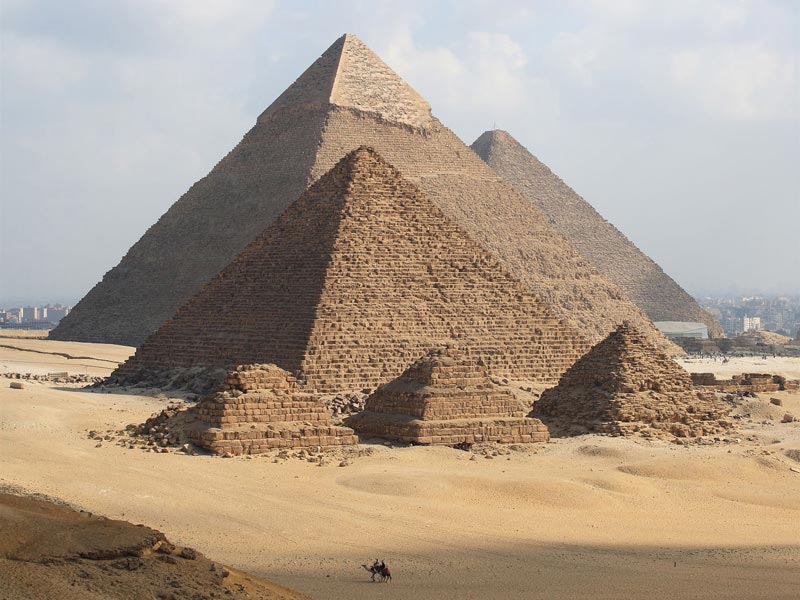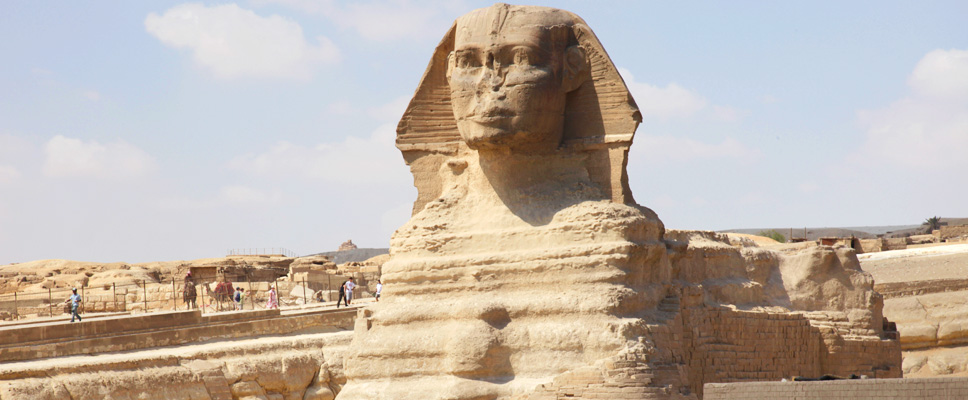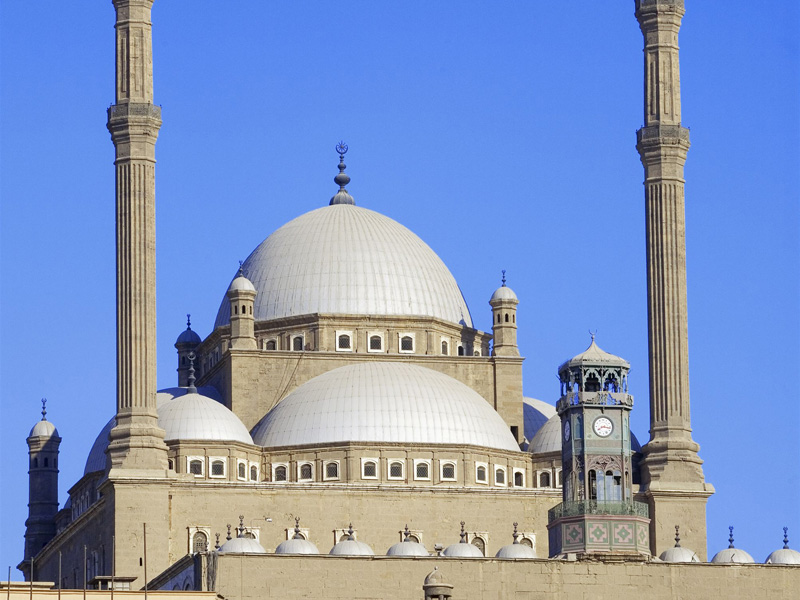





Cairo has been known by many nicknames "Qahirat El-Moez," "Al-Madina Al-Mahrousa," "Crown of the Wild," "The City of all Cities, "and "The City of a Thousand Minarets." All these names are given by historians to the ancient city of Cairo, whose history dates back to the dawn of human civilization.
Since the Pharaonic era, Cairo was the capital of Egypt under the name "Iunu City," and it symbolized the unity of Northern and Southern Egypt. So, let's find out more about the history of that fascinating city.
Cairo, the capital of Egypt and one of Africa's largest cities, has always been famous for its heritage and cultural diversity. It is also one of the world's most important political and religious centres, given its strategic location on the western bank of the Nile River. It is bounded on the north by Qalyubia city, on the east and south by the Zahir El-Sahrawi Villages, and on the west by the Nile River and Giza city.
Cairo is currently home to many government buildings and headquarters, such as the presidential palace, Egypt's Cabinet and ministries, the House of Representatives, and the Central Bank. However, all these buildings will soon be relocated to the New Administrative Capital.
Moreover, it is considered a prefecture-level city. It is simultaneously a city and a province in its own right. Although Cairo is Egypt's largest city, it is the smallest Egyptian province.
Cairo houses numerous monuments dating back to different eras, including Pharaonic, Greek, Roman, Coptic, and Islamic. There is no other place in the world that houses so many Islamic, modern, and military monuments, so it is no wonder that Cairo, as described by the famous Philosopher ibn Khaldun "wider than anyone has ever imagined."
More information about Cairo can be found at the following sites: